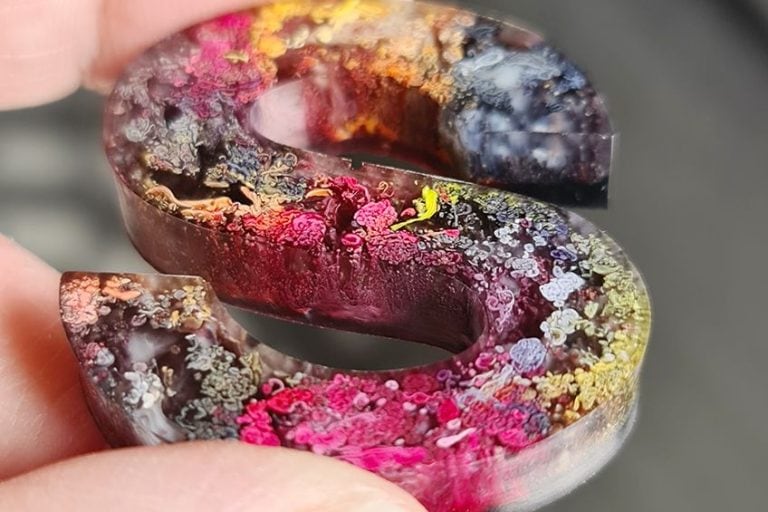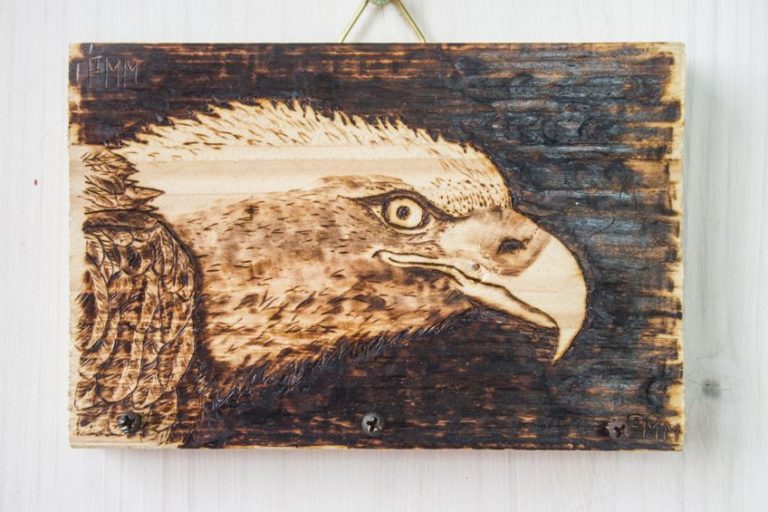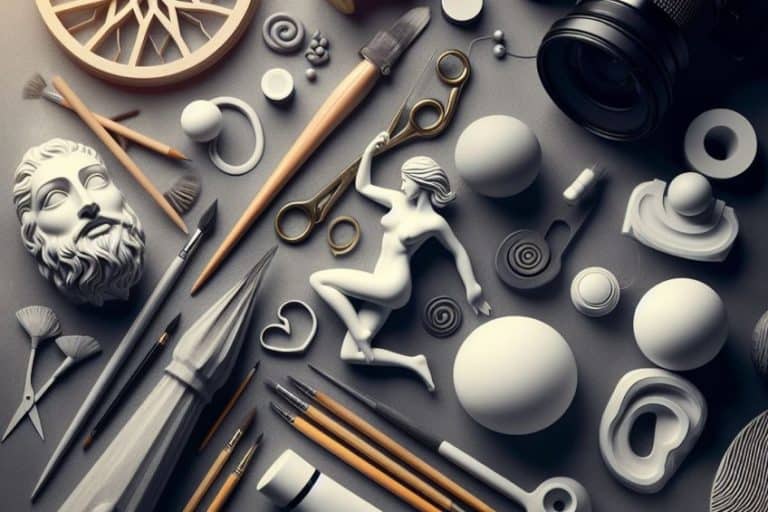Body Art – The Transformative Power of Body Art
In the world of artistic expression, where the canvas knows no bounds and creativity thrives in unexpected places, body art emerges as a vibrant testament to human ingenuity. From intricate tattoos that tell stories etched in ink to mesmerizing body paint designs that transform flesh into living art, the realm of body art is a captivating fusion of culture, identity, and imagination. Join us on a colorful journey through the fascinating world of body art, where every brushstroke, needle prick, and pigment blend unveils a new chapter in the ever-evolving tapestry of human creativity.
Table of Contents
Key Takeaways
- Body art is an integrative art form that blends human identity with creative expression.
- Throughout history, body art has served both cultural and personal significance.
- Diverse techniques and innovative artists continue to push the boundaries of body art.
What Is Body Art?
Body art is a form of expression that uses the human body as a canvas for artistic creation. It transcends the traditional mediums of paint and sculpture, integrating art with the human form to convey powerful messages about identity, society, and culture. Artists utilize a variety of techniques such as painting, tattooing, piercing, and even sculptural body modifications to transform the body into a site for visual and conceptual exploration.
The practice of body art is as ancient as the history of civilization itself, with roots tracing back to cultural and ritualistic practices.
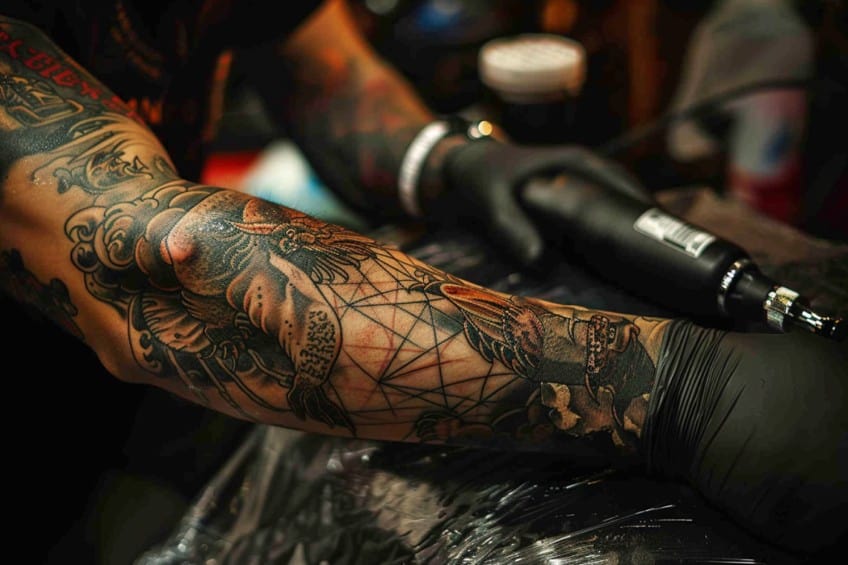
Despite its historical lineage, modern body art continues to evolve, challenging both societal norms and the boundaries of what is considered art. Notable artists have been key in advancing the art form, exploring its potential for storytelling, activism, and self-expression. As a result, body art occupies a unique space, straddling the lines between personal identity and communal experience, craft and concept, permanence and ephemerality. Key forms of body art include:
- Tattoos: Permanent designs on the skin applied with needles and ink.
- Body piercings: The insertion of jewelry through punctures in the skin.
- Scarification: Intentional creation of scars to form patterns or symbols.
- Body painting: Applying paint or other substances on the body for a temporary effect.
Historically, body art has served numerous cultural, ritualistic, and aesthetic purposes. It may signify a rite of passage, represent an individual’s status or affiliation, or serve purely for personal adornment. Artists also use body art as a medium to challenge social norms and to push the boundaries of artistic expression.
Body art is not limited to static displays; it often extends to performance art, where artists use their bodies in engaging with the audience through actions, events, or dances.

This interactivity blurs the line between the body and art, offering an immersive experience. While body art is deeply personal and subjective, it continues to be a platform for people to explore identity, society, and humanity. The dynamic nature of body art ensures that it both reflects and influences the evolving cultural dialogue about the human form. It’s essential for individuals participating in or viewing body art to recognize both its traditional significance and its role as a modern art form.
History and Cultural Significance
The exploration of body art as an element of human expression reveals its presence throughout history and its significance across various cultures. This historical tapestry is rich with diversity, from traditional practices like tattoos and henna to their influence on contemporary fashion and society.
Traditional Body Art Forms
Dating back thousands of years, tattoos were discovered on the 5,300-year-old remains of the Iceman, found near the Austrian-Italian border. In different cultures, tattoos signify different statuses, identities, and spiritual beliefs. Indigenous cultures often see tattoos as milestones of personal identity and community status.
Scarification is another ancient form of body art used to represent social maturity, rite of passage, or beauty within African and Indigenous tribes.

Widely used in South Asia, the Middle East, and parts of Africa, henna serves as a temporary form of skin decoration. Often applied during celebrations, it is associated with positive spirits and good luck, particularly in weddings and festivals.
Body Art in Modern Contexts
The role of body art has significantly evolved in society. Tattoos, once largely associated with subcultures, have gained broader acceptance across genders in various parts of the world, including Europe. They often reflect personal identity, experiences, or affiliations.
Body art remains a powerful form of self-expression in modern contexts, linking individuals to their cultural roots or serving as a declaration of personal beliefs.
Influence on Fashion and Society
Body art has ceased to be just a part of subculture attire and has found its way into the mainstream fashion world, influencing trends and seen on runways. The perception of body art has evolved, evidencing a greater social acceptance. Integrating tattoos, piercing, and other body modifications into personal style is now a facet of identity and self-expression that challenges traditional gender norms.
Music and art festivals often showcase diverse forms of body art, highlighting their prominence in contemporary society and culture.

Techniques and Methodologies
In the diverse realm of body art, myriad techniques and methodologies come into play, each with distinct processes and outcomes. Artists today have honed these techniques, ensuring each application is a testament to tradition and innovation within the scope of tattoos, body painting, makeup, and temporary body art.
Tattooing and Piercing
Tattooing involves inserting ink into the skin’s dermal layer, creating permanent designs. Traditional methods may use tools like a bamboo stick, while modern tattooists utilize electric machines for precision. Pain levels vary with the technique and placement on the body. Piercing, on the other hand, creates openings in the body for wearing jewelry. Both practices require meticulous care to avoid infection.
- Common tattoo methods: Electric machine application and traditional hand-poked tattoos
- Piercing considerations: Location selection, jewelry type, and aftercare to prevent complications

Body Painting and Makeup
Body painting transforms the human canvas with temporary designs using a range of brushes, sponges, and airbrushing techniques. Artists often apply a base coat, followed by detailed work, including camouflage or thematic motifs. To enhance durability, setting sprays or powders may be used. Makeup, while subtler, still requires skill for applications such as vajazzle or intricate face painting.
- Body painting techniques: Hand painting and airbrushing for gradient effects
- Makeup artistry: Bold or delicate designs for facial features, and special effects makeup for thematic portrayal

Temporary Body Art
Temporary body art offers a non-permanent alternative to tattoos and includes Henna Tattoos and other forms of Temporary Tattoos, such as transfer and sticker tattoos. Henna Tattoos, or Mehndi, involve applying a paste made from the henna plant, which dyes the skin for up to a few weeks. These art forms are perfect for those who change their design preferences frequently or want to avoid the commitment of traditional tattoos. Types of temporary body art include:
- Sticker and transfer tattoos for quick application
- Freehand henna designs for cultural expression
Each technique demands specific skills and understanding from the artists, whether they are creating a lasting impact with tattoos, adorning the body with paint, or applying temporary designs for special occasions.
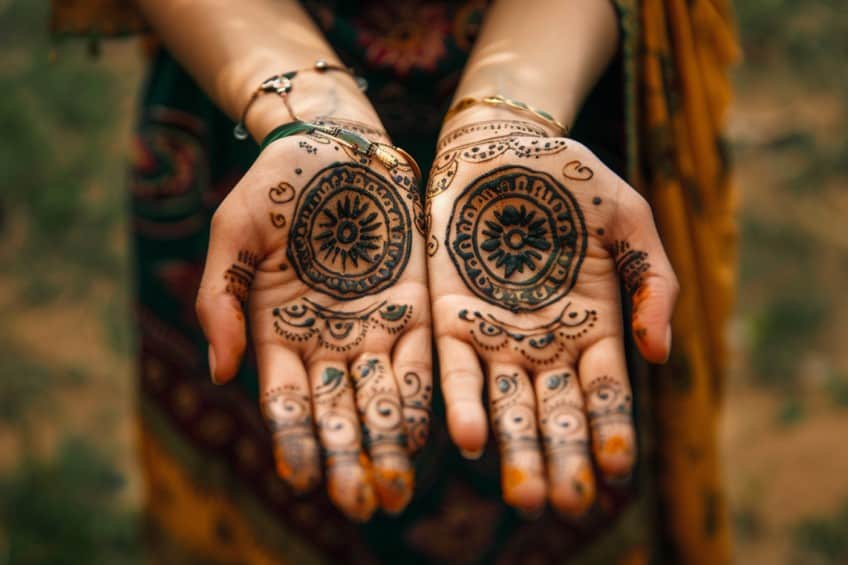
Notable Artists and Artworks
The artists and works recognized in body art are those that have innovated and excelled in using the human body as a canvas, often blending performance art, photography, and painting techniques to create their pieces.
Pioneers in Body Art
- Yves Klein: He is known for his Anthropometry series where models covered in blue paint pressed themselves against canvases to create bodily imprints.
- Yoko Ono: Her performance piece, Cut Piece (1964), invited audience participation by allowing them to cut off pieces of her clothing.
Contemporary Body Art Practitioners
Contemporary body art practitioners represent a diverse and innovative community pushing the boundaries of artistic expression. From tattoo artists mastering intricate designs that blend realism and fantasy to body painters creating immersive experiences that blur the lines between art and performance, these practitioners are at the forefront of a dynamic art movement.
They draw inspiration from a myriad of sources, from ancient cultural traditions to cutting-edge technology, constantly evolving their techniques and styles.
What sets them apart is not just their technical skill but also their ability to tap into the deeper meanings behind body art, using the human form as a canvas to explore themes of identity, social issues, and personal empowerment. Through their work, they challenge norms, spark conversations, and leave a lasting impact on the ever-evolving landscape of contemporary art.
Trina Merry
Her works are characterized by camouflaging models into urban landscapes. Merry’s use of the human body merges seamlessly with her chosen environments, creating thought-provoking visuals that often play with the viewer’s perception.
Guido Daniele
An Italian artist who has garnered attention for his “Handimals” series where he paints the human hand into realistic-looking animals. His technique showcases exceptional attention to detail and lifelike representations.
Craig Tracy
Tracy is known for his body painting artworks that often incorporate the human form into larger, intricate compositions. His work pushes the boundaries of traditional canvas painting by fusing the human form with his creative vision.
Emma Hack
Her art often features bodies painted to blend into patterned backdrops, effectively exploring themes of camouflage and disappearance. Hack’s meticulous approach highlights the intersection of human form and visual art.
As we conclude our exploration of body art, it’s evident that this dynamic form of expression transcends mere aesthetics; it becomes a canvas for personal narratives, cultural heritage, and societal commentary. From ancient traditions to modern innovations, body art continues to captivate and inspire, reminding us of the boundless possibilities when creativity meets the human form. Whether it’s a subtle tattoo or a bold body painting masterpiece, each brushstroke and needle prick leaves a mark not just on the skin but on the soul, celebrating the unique fusion of artistry and individuality. So, let’s continue to embrace the beauty and diversity of body art, where every body becomes a living work of art, telling stories that resonate across time and space.
Frequently Asked Questions
How Has Body Art Evolved Through History?
Body art has been a part of human culture for thousands of years, serving various purposes from tribal identity to self-expression. Originally, materials such as natural pigments and plant dyes were utilized, but modern times have seen the advent of safe, standardized inks and advanced tools enhancing intricacy and safety.
How Do I Take Care of My New Body Art?
Proper aftercare is crucial for body art. Newly inked skin requires gentle cleansing, moisturizing with fragrance-free lotions, and protection from sunlight. Following the specific aftercare instructions provided by the practitioner is essential for the healing process and maintaining the art’s quality.
Are There Any Risks Associated With Body Art Practices?
Risks include infections, allergic reactions to inks and materials, and transmission of bloodborne pathogens. To minimize risks, one should seek out registered practitioners and inspected facilities that adhere to health and safety standards like the use of sterile equipment and proper hygiene practices.
What Are the Different Techniques Used in Body Painting?
Body painting techniques vary from airbrushing for temporary designs to the traditional brush and sponge applications. The choice of technique depends on the desired outcome, duration of the wear, and the complexity of the designs being created. Water-based paints, natural henna, and temporary inks are commonly used.
Isabella studied at the University of Cape Town in South Africa and graduated with a Bachelor of Arts majoring in English Literature & Language and Psychology. Throughout her undergraduate years, she took Art History as an additional subject and absolutely loved it. Building on from her art history knowledge that began in high school, art has always been a particular area of fascination for her. From learning about artworks previously unknown to her, or sharpening her existing understanding of specific works, the ability to continue learning within this interesting sphere excites her greatly.
Her focal points of interest in art history encompass profiling specific artists and art movements, as it is these areas where she is able to really dig deep into the rich narrative of the art world. Additionally, she particularly enjoys exploring the different artistic styles of the 20th century, as well as the important impact that female artists have had on the development of art history.
Learn more about Isabella Meyer and the Art in Context Team.
Cite this Article
Isabella, Meyer, “Body Art – The Transformative Power of Body Art.” Art in Context. April 12, 2024. URL: https://artincontext.org/body-art/
Meyer, I. (2024, 12 April). Body Art – The Transformative Power of Body Art. Art in Context. https://artincontext.org/body-art/
Meyer, Isabella. “Body Art – The Transformative Power of Body Art.” Art in Context, April 12, 2024. https://artincontext.org/body-art/.




